Changing the conversation about the Holocaust
Matt Yosafat, a survivor of the Holocaust, spoke with his wife Anneliese to a group of WHHS students on April 4. Every year the Jewish Culture Club brings in speakers to discuss their experiences during the Holocaust and how it has effected their lives.
During my experience in Israel with Heller High, we took a ten day trip to Poland where our specific study was on the Holocaust. Although the subject is something we have all been taught about multiple times in school, this trip made me realize that we have not been taught about this correctly.
When we learn about the Shoah (Holocaust in Hebrew, coming from the root of the Hebrew word for fire) in history classes, we mainly hear about the number of people who died and how they died. Six million Jews, 11 million total, gas chambers and furnaces. However the Shoah is not just about death. It’s about the life before death happened, and this is what our history teachers neglect.
We don’t talk about why Poland was where most the death camps and concentration camps were. It was there because that’s where more than 3 million Jews lived. For reference, 17 million Jews lived worldwide in 1939.
We don’t talk about the life in Poland for the Jews. For example, before the Shoah, Lublin was the most Jew-populous city in Poland. There used to be a joke that you could throw a stone and 1 out of 3 times you would hit a Jew. Jews also lived in shtetls such as Tykocin, which was so well known by Polish Jews in the 1700s due to its access to trade, that Jews from there would say they were from Tykocin before even saying there names.
We don’t talk about the political presence Jews had in the Polish government. The Polish Jews had many political parties who were active in Zionism in both the left and the right, from communism to capitalism, from socialism to anarchism.
The Jewish people, especially in Poland, had its own “Yiddish Civilization.” They had their own communities separated from the rest in shtetls or Jewish quarters of cities. They made their own newspapers, spoke their own language (Yiddish), said their own prayers and dug their own graveyards.
Up until 1939, the Jewish people were prosperous in Poland because of their “Yiddish Civilization.”
The reason that the Holocaust was so devastating was not because of the number of people that died or how they died. It’s because that civilization no longer exists. Yiddish is not spoken anymore. Only about 4,000 Jews in Poland know they are Jews because most Jews hid their identity during the Shoah and never told their children, who light Hanukkiahs during Christmas and wonder why they don’t have a Christmas tree. Tykocin’s Jewish section is nearly empty today.
However, in the ground, about 5 miles west in the Łopuchowo forest is where the memories of those people are remembered, and we must not forget. Not just the numbers, but the people who made up those numbers.
Your donation will support the student journalists of Walnut Hills High School. Your contribution will allow us to purchase equipment, cover our annual website hosting, printing costs and offset competition and conferences fees for students.



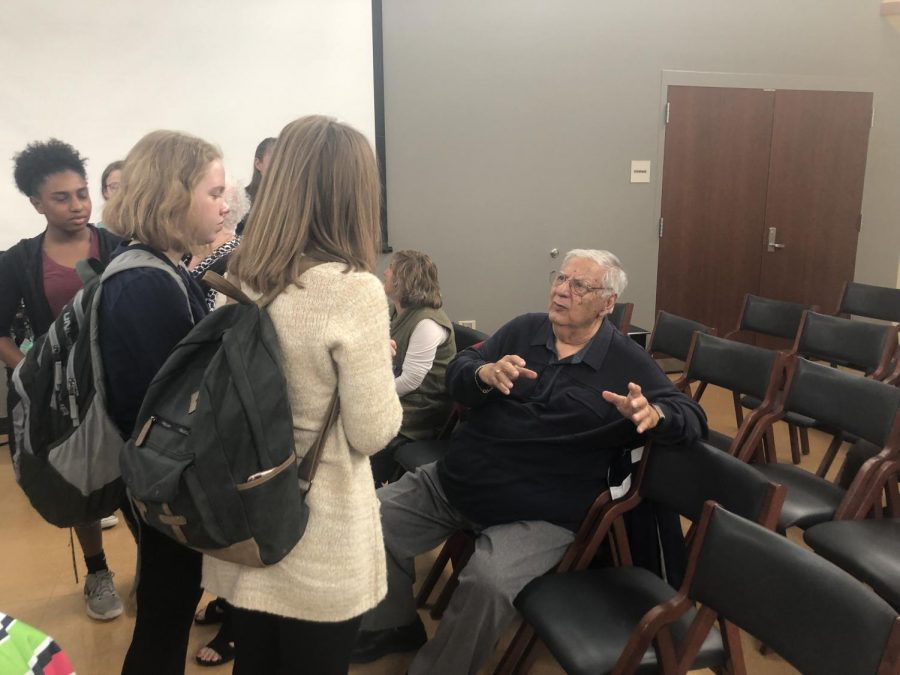
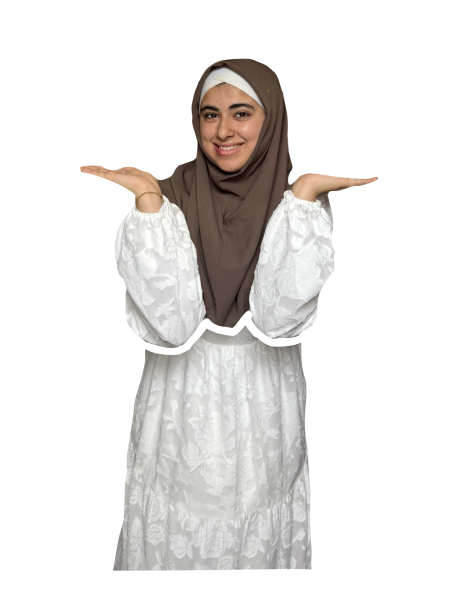
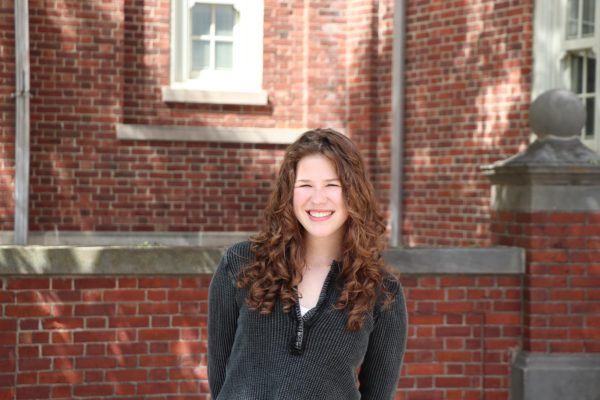


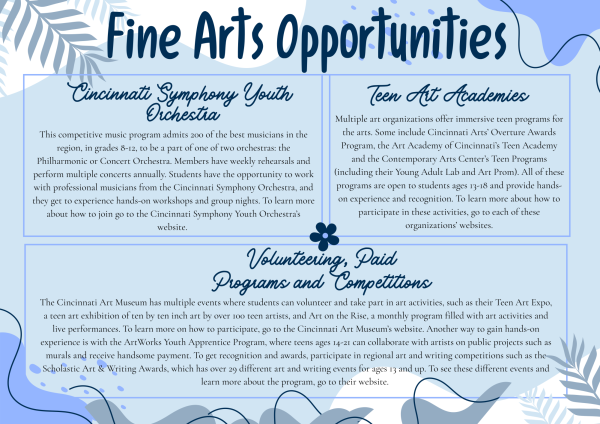
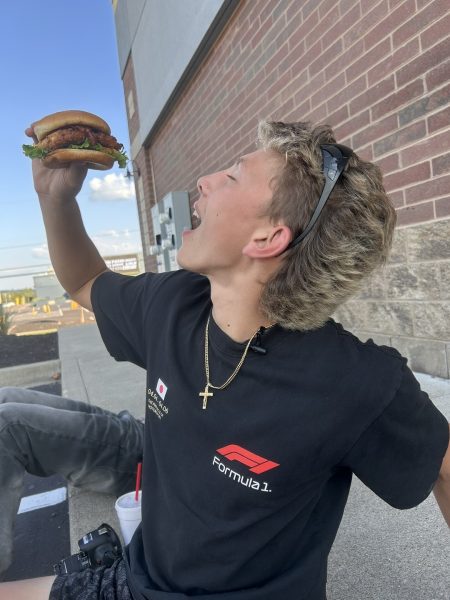
![Freshman choir students practice in class. “[The class] is almost like an army working together,” Anthony Nims, choir director, said.](https://whhscbox.com/wp-content/uploads/2025/10/freshman-choir.png)
![New theater teacher Mr. Mitchell leads his Stagecraft students through hands-on set-building techniques. “For me, [teaching] comes from the joy of learning, which is why I wanted to be in an educational setting.”](https://whhscbox.com/wp-content/uploads/2025/10/IMG_3248-451x600.jpeg)
